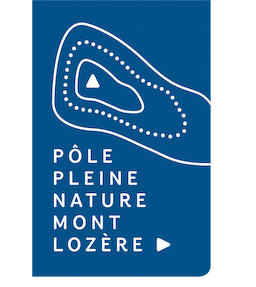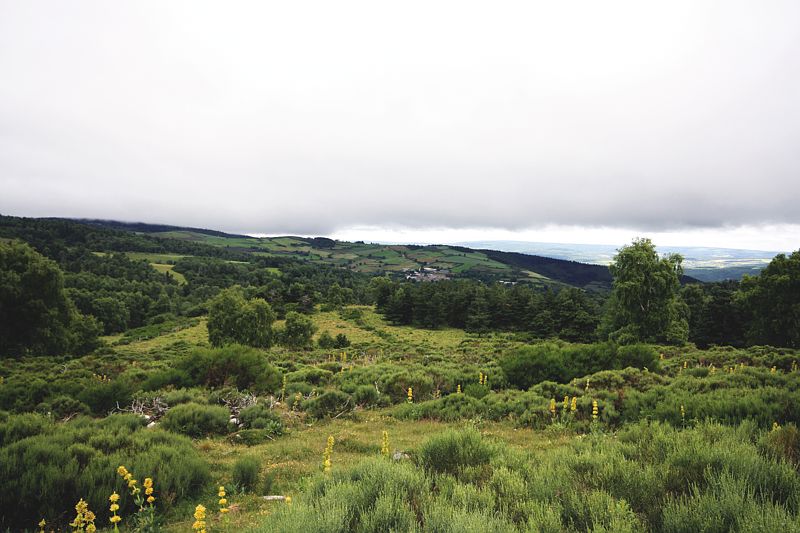
The Clochers de Tourmente (Blizzard belltowers)
4 points of interest
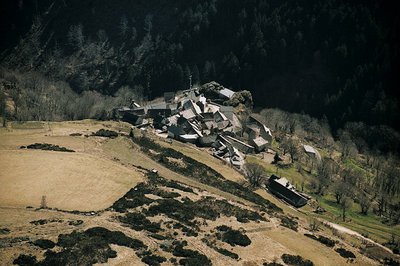
Serviès - © Pierre Lahoud  History
HistoryServiès
Not even memories remain of the inaccessible castle built on the rock south of the village of Serviès. And yet its lords – subjects of the lords of Tournel – had many vassals whose ground rents they collected. But living conditions were too harsh, and access was too difficult. The lords left ages ago, abandoning the hamlet to its winter isolation, thick fogs and changing winds, which can disorientate walkers so much that they die of exposure. (B. Mathieu)
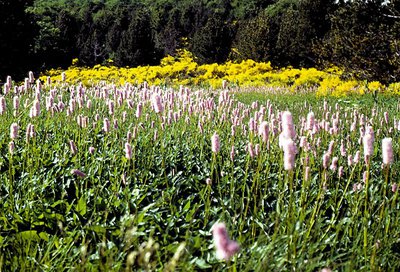
Renouée bistorte - © Yves Maccagno  Flora
FloraA riot of colours
In the damp prairies of this immense plateau, riots of colour occur every year. Marsh marigold disguises itself as buttercups; yellow gentian sits on its fever-reducing root also used to make an aperitif; bistort with its soft pink flowers is disdained by the cows. In the Carex (sedge) family, the most striking plant is star sedge. As for the sundew, or drosera rotundifolia: the spectacle of an insect being absorbed by the glandular hairs on its leaves is reserved for advanced botanists! After this session at ground level of the marsh, raise your eyes to the horizon to admire the two unchanging, face-to-face profiles: the Roc de Serviès and the Roc des Laubies. (B. Mathieu)
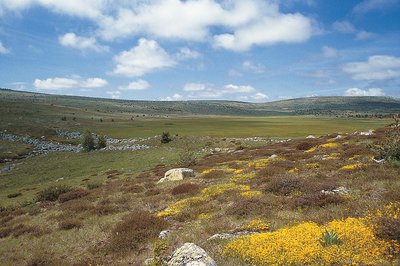
Tourbière des Sagnes - © Guy Grégoire  Flora
FloraLes Sagnes peatbog
Peatbogs are magnificent relics of post-glacial lakes that slowly filled with decomposing plant matter. They form an eco-system that is specific to cold climates and acid soils. In their secret depths, partly rotted substances or pollen might tell us that a forest of hazelnut trees grew here 9,000 years ago, ousted first by an oak grove and then, 4,000 years later, by a beech forest. Another two millennia later, humans burnt the beech grove to grow cereals and graze livestock. Today, peatbogs are protected at the European level. (B. Mathieu)

locher de tourmente des Sagnes - © Guy Grégoire  History
HistoryBlizzard belltowers
Caught in a violent storm, peddlers, farmers or the local abbot might hesitate over which track to take in the fog. Perhaps they missed a turning. Then they would hear the tolling of the invisible but reassuring bell, signalling the right way. The Serviès belltower is unique in having a shelter, which kept the bell ringer dry and comforted the passer-by. These small belltowers were also used to ring the Angelus bell in the morning and evening. It was also said that, as well as saving lost travellers, their sound waves kept hail away. The bishop of Mende prohibited this practice which, he declared, had more to do with superstition than observation. (B. Mathieu)
Description
As you leave the hamlet of f Oultet, head towards Lozerette. Fork left onto the path to join up with the track to Lozerette. Take it to the right (do not go through Lozerette). As you cross Les Espadrels plateau, at the crossroads, continue straight ahead. Join up with the track to Serviès (do go to the hamlet of Serviès to see its blizzard belltower, then retrace your steps) and turn right towards les Sagnes. Keep going straight, across the plateau, and in Les Sagnes walk to the lower hamlet to see its blizzard belltower before doubling back. As you enter the hamlet, take the track on the left towards Croix de Peyrou. 150 m after the cross, continue straight ahead, then take the second path on the right, towards Auriac. Go through Auriac and then around the summit of Peyrou to the fork below La Felgère, at the menhir (standing stone). Take the right-hand path to go back downhill to Oultet.
- Departure : Oultet
- Arrival : Oultet
- Towns crossed : Mont Lozère et Goulet
Forecast
Altimetric profile
Recommandations
Make sure your equipment is appropriate for the day's weather conditions. Remember that the weather changes quickly in the mountains. Take enough water, wear solid shoes and put on a hat. Please close all gates and barriers after yourself.
Information desks
Tourism office Mont-Lozère, Bagnols-les-Bains
avenue de la gare, 48190 Bagnols-les-Bains Mont-Lozere et Goulet
This office is part of the National Park's associated tourist-information network, whose mission is to provide information on, and raise awareness of, the sites and events as well as the rules that must be observed in the National Park's central zone. Open from mid-April to late September
Place de l'église - Le Bleymard, 48190 Mont Lozère et Goulet
Tourism office Mont-Lozère, Villefort
43, Place du Bosquet, 48800 Villefort
This office is part of the National Park's associated tourist-information network, whose mission is to provide information on, and raise awareness of, the sites and events as well as the rules that must be observed in the National Park's central zone.
Open year-round
Access and parking
From Mende, head towards the Col de la Tourette pass on the N 88, then take the D 901 towards Bagnols-les-Bains / St-Julien-du-Tournel. In St-Julien-du-Tournel, drive uphill to Oultet / Les Sagnes.
Parking :
Calculateur d'itinéraire Lio
Utilisez le calculateur liO pour organiser votre trajet en région Occitanie.
Autres régions
Calculez votre itinéraire en Auvergne Rhône Alpes sur Oùra
Biodiversité autour de l'itinéraire
Source


Report a problem or an error
If you have found an error on this page or if you have noticed any problems during your hike, please report them to us here:




